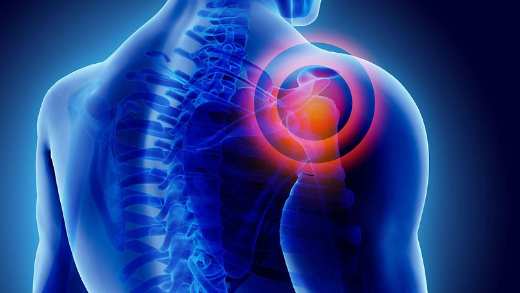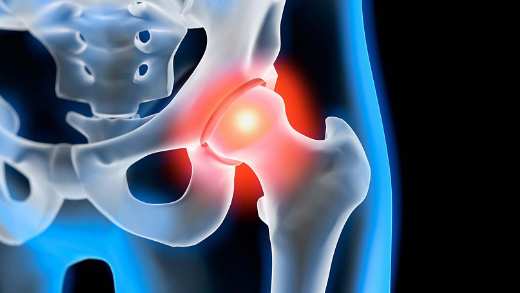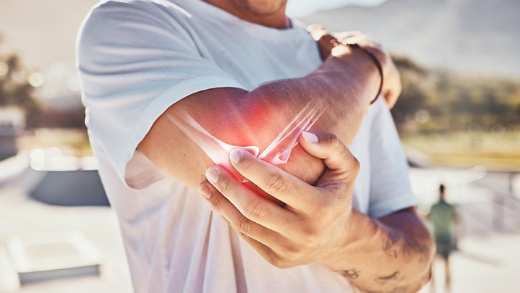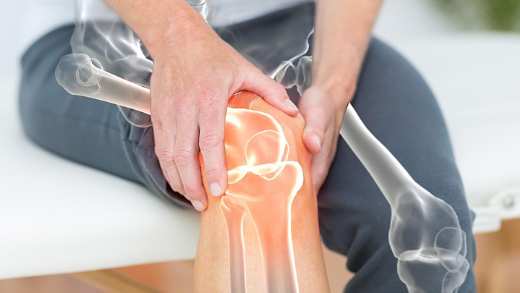Mechanical lower and mid-upper back pain are two of the most common types of back pain.
IPRS Health, a provider of Occupational Health and Rehabilitation services, believe that knowing the facts can help you to recover more quickly. They've provided some advice on how to help reduce mechanical back pain.
Common symptoms of mechanical back pain
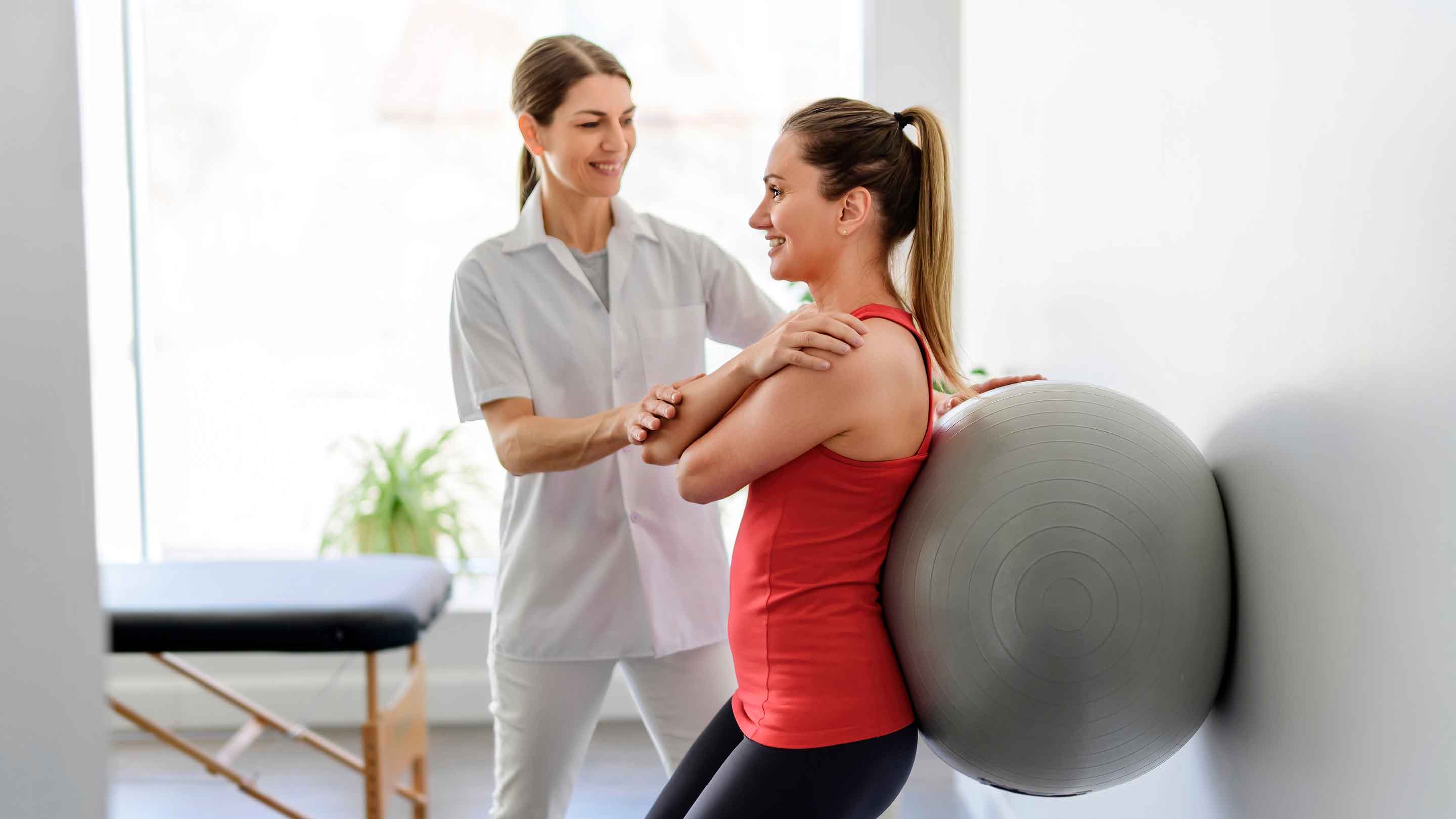
- Comes on gradually or with sudden movements.
- Presents as a dull ache or a sharp pain.
- If in the lower back, it can also be felt in the buttocks and hips.
- If in the mid-upper back, it can also be felt to the left or right over the rib cage.
- Noticeable when performing certain movements.
- Fluctuates and is not always constantly at one level.
What do we mean by mechanical back pain?
Simply put, it’s back pain that we’re unable to put down to one specific 'thing' or structure in the body, like a ligament or disc for example. One thing we know about this type of back pain is that it’s 'multifactorial'.
'Multifactorial' means that there are a number of different things that may be contributing to the pain.
Sometimes certain structures in the back such as ligaments and joints can be painful due to injury, or aggravation due to certain activities, especially at the start of a new episode of back pain. We also know that there are a lot of times where there’s no specific injury present in the back, but pain is still a problem.
The biopsychosocial model
There are 3 main types of factors that can contribute to how much pain we experience. These are:
Biological
- Joints and ligaments
- Bones, tendons and discs
- Tissue health
- Diet and sleep
- Age, gender and genetics
Psychological
- Fear of movement
- Past experiences of pain
- Stress, mental health, anxiety, depression
Social
- Poor relationships
- Work stress
- Poor social support
- Social isolation
Your spine is a stable structure surrounded by layers of ligaments, tendons and muscle. Most episodes of mechanical back pain resolve within 6 weeks on their own, but there are some things you can do to help speed up the process. Identifying possible factors from the 3 categories above is a good starting point. This will help to identify things you may be able to address in the longer term to help prevent future episodes of back pain.
You’re safe to move
If you have symptoms of mechanical back pain, movement can be good. When it comes to exercise, there’s no one form that’s better than another for back pain, the key is to pick something that you enjoy and know you'll stick at.
How to help manage mechanical back pain
Whether you enjoy walking, swimming or yoga, try to get moving and do something you know you’ll enjoy. Weightlifting is safe to start under guidance, at any age and any level of experience, especially if you’ve had back pain before. If you have had a history of previous back pain, there’s no evidence that these activities will ‘weaken’ your back. What generally contributes to people becoming ‘weaker’ is lack of movement or exercise, through fear of making their pain worse. Start slowly with any new activity.
Managing other lifestyle factors such as diet, sleep and smoking can also go a long way in preventing or reducing back pain. Equally, mental health issues such as stress, anxiety and depression all have strong links to back pain. Further support to address these factors may be useful in managing your long-term health.
The list below is a good summary of things you can do to help yourself. The most important things are towards the end of the list.
Support methods including:
- Good movement variability.
- Adequate strength for required tasks.
- Regular engagement in physical activity.
- Good general health.
- Adequate sleep and good management of other stressors.
The vast majority of back pain responds well to physiotherapy and very few types of pain go on to need any other kind of treatment, such as surgery or injections.
In a minority of cases (1-2%), back pain can be a sign of a serious condition. Please seek medical advice if you have any concerns about the symptoms you have.
Below are some examples of exercises found helpful by physiotherapy patients with mechanical back pain, to regain confidence in moving their lower and mid-upper back.
This content and these videos are provided solely by IPRS Health. Although IPRS Health is a health and wellbeing company, the information contained within these articles and videos does not represent any form of assessment, diagnosis, or treatment by IPRS Health for a medical condition. Any exercise-based content is not specific or prescribed by IPRS Health for your medical condition. If you follow any exercise programme or advice contained within these articles and videos, you do so at your own risk and IPRS Health have no liability for any subsequent damage, loss, or injury. IPRS Health recommend that you seek advice from a physiotherapist or healthcare professional before starting any new exercise regime. If you are experiencing back pain or discomfort, please seek medical advice in the first instance.





